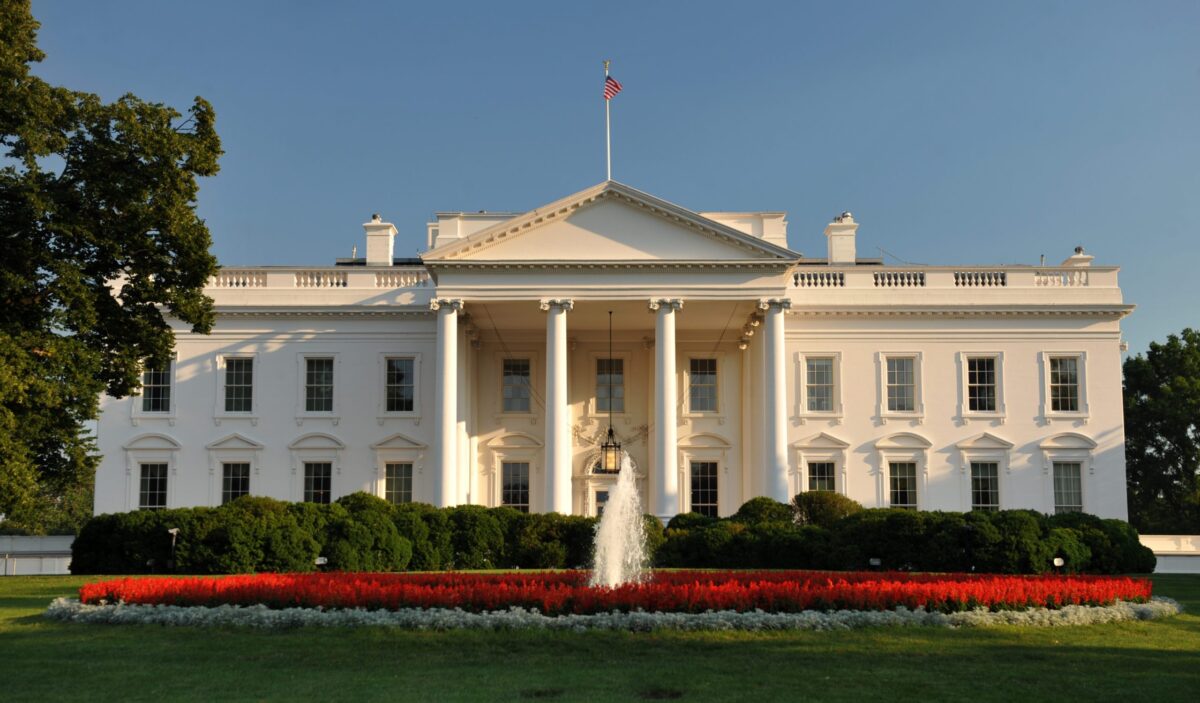
NDAA FY25 Passed House Friday, June 14 by Narrow Margin: What’s Happening with the Countering CCP Drones Act Now?
The legislative process in the US continues, as the House version of the fiscal year 25 National Defense Authorization Act (NDAA FY25) has made it’s way through the full House of Representatives. The House version of the NDAA FY25 contains the Countering CCP Drones Act, an act which could limit the future use of Chinese manufactured drone technology, including DJI drones.
NDAA is a critical bill for the US: failure to pass or act upon the bill is not really an option. However, there is still a multi-step process of negotiation before the details contained in the NDAA, including the incorporation or not of the Countering CCP Drone Act, are finalized. As a rough outline:
1. Proposal and Drafting: The NDAA is typically initiated by the House Armed Services Committee (HASC) and the Senate Armed Services Committee (SASC). Committee members draft the bill, often incorporating input from various stakeholders, including the Department of Defense, military leaders, and other relevant entities. This has already occurred.
2. Committee Consideration: The HASC and SASC hold hearings to discuss the proposed NDAA, allowing testimony from experts, military officials, and other stakeholders. Committees review, amend, and vote on the bill in a process known as markup sessions. Members propose changes, which are debated and voted on. The House Committee passed the NDAA by a vote of 57:1 on May 22. On Thursday, June 13 the Senate also completed markup and moved their version of the NDAA through committee, by a vote of 22:3.
3. House and Senate Floor Action:
- House of Representatives: The bill is reported out of the HASC and placed on the House calendar. It is debated and can be further amended. A vote is taken, and if passed, it moves to the Senate. This happened on Friday, June 14: the NDAA passed with the Countering CCP Drones Act included by a narrow margin of 217:199.
- Senate: The bill is similarly reviewed by the SASC, placed on the Senate calendar, debated, and possibly amended. A vote is taken, and if passed, it usually differs from the House version. This has not yet happened.
Next Steps in the Process for NDAA FY25 and the Countering CCP Drones Act
4. Conference Committee
- Reconciliation: If the House and Senate pass different versions of the NDAA, a conference committee consisting of members from both chambers is formed to reconcile differences.
- Conference Report: The conference committee produces a conference report that merges the two versions into a single bill. This report is then sent back to both the House and Senate for approval.
5. Final Passage
- House and Senate Votes: Both chambers must approve the conference report without amendments. This typically requires a majority vote in the House and 60 votes in the Senate to overcome any potential filibuster.
6. Presidential Action
- Presidential Approval: The final version of the NDAA is sent to the President for approval. The President can:
- Sign the Bill: It becomes law.
- Veto the Bill: The President rejects the bill, sending it back to Congress with reasons for the veto.
- Do Nothing: If the President neither signs nor vetoes the bill within ten days (excluding Sundays) while Congress is in session, it automatically becomes law. If Congress adjourns during this period, the bill does not become law (pocket veto).
7. Veto Override (if necessary)
- Congressional Override: If the President vetoes the NDAA, Congress can attempt to override the veto. This requires a two-thirds majority vote in both the House and Senate.
8. Enactment
- Becoming Law: Once the NDAA is signed by the President, passed without a signature, or a veto is overridden by Congress, it becomes law and is enacted. The provisions within the NDAA are then implemented by the appropriate federal agencies, primarily the Department of Defense.
NDAA FY25 is currently still in the middle of the process, so it is difficult to make predictions about what the final bill will look like. The Countering CCP Drones Act, impactful to the drone industry, could be eliminated or changed significantly before agreed upon. Current general news is more focused on other points of contention contained within the bill: the so-called “culture war” issues introduced by more conservative lawmakers in the House.
For more information, including the full text of the bill, or to track the NDAA FY25, see the House of Representatives Armed Services Committee page here.
See the current wording of the Countering CCP Drones Act here.
Read more:
Miriam McNabb is the Editor-in-Chief of DRONELIFE and CEO of JobForDrones, a professional drone services marketplace, and a fascinated observer of the emerging drone industry and the regulatory environment for drones. Miriam has penned over 3,000 articles focused on the commercial drone space and is an international speaker and recognized figure in the industry. Miriam has a degree from the University of Chicago and over 20 years of experience in high tech sales and marketing for new technologies.
For drone industry consulting or writing, Email Miriam.
TWITTER:@spaldingbarker
Subscribe to DroneLife here.






